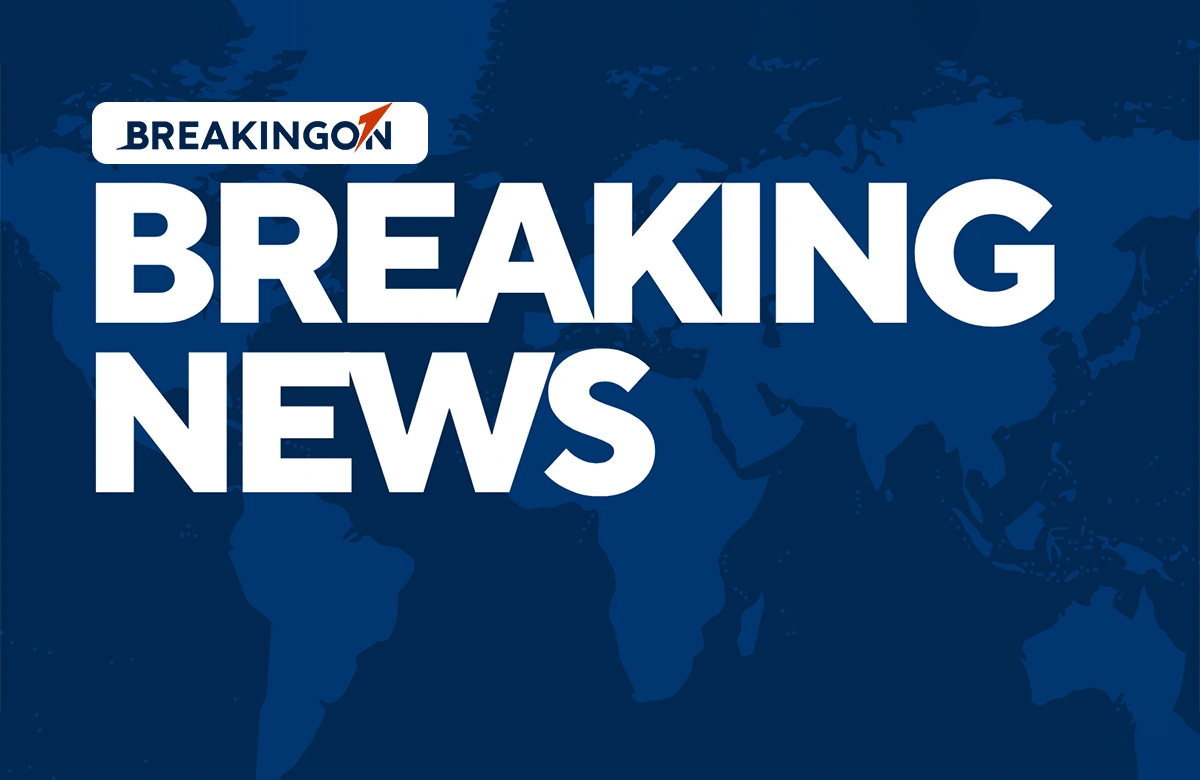
On Thursday, Johns Hopkins University announced the initiation of layoffs affecting more than 2,000 employees worldwide. This drastic measure comes in the wake of an alarming loss of $800 million in federal grants, largely attributed to funding reductions implemented by the Trump administration. As the administration has significantly slashed funding for the U.S. Agency for International Development (USAID), Johns Hopkins stands out as one of the institutions of higher education most severely impacted.
Among the vital programs affected by the funding cuts was a $50 million project aimed at treating HIV through innovative machine learning techniques in India. Additionally, a $200 million grant dedicated to combating one of the world’s deadliest diseases in children has also been terminated. In total, the university has laid off 1,975 positions across 44 countries, with 247 of those positions in the United States. The layoffs predominantly affect staff from the public health nonprofit Jhpiego, the School of Public Health’s Center for Communication Programs, and the School of Medicine.
U.S.-based employees will have a minimum of 60 days before these job changes take effect. Expressing the gravity of the situation, the university stated, “This is a difficult day for our entire community.” The institution emphasized its pride in the significant contributions made by its staff in various critical areas, including maternal and infant healthcare, disease prevention, and providing clean drinking water.
The layoffs at Johns Hopkins could have far-reaching consequences, not just globally but also locally in Maryland. The state heavily relies on the Baltimore-based university as one of its largest employers, with Johns Hopkins generating an impressive $15 billion in economic impact during the 2022 fiscal year. The institution employs over 55,000 workers in Maryland and more than 90,000 overall, according to the latest economic impact report.
Carter Elliott, a spokesperson for Maryland Governor Wes Moore, remarked on the “immediate and profound” consequences of these cuts. He stated, “It is difficult to overstate the significance of Johns Hopkins University as a cornerstone of Maryland’s economy.” The impact of the layoffs is expected to extend beyond the campus, affecting students, faculty, and researchers.
Founded in 1876, Johns Hopkins University has consistently led the nation in federal research and development funding since 1979. The institution has been at the forefront of numerous groundbreaking innovations, including advancements in water purification and the invention of CPR. With approximately 30,000 students, Johns Hopkins is the largest recipient of National Institutes of Health (NIH) funding, which is also at risk due to the Trump administration's attempts to impose lower caps on indirect costs for these grants.
Should the anticipated NIH funding cuts take effect, Johns Hopkins could potentially lose more than $200 million annually, severely impacting its research capabilities. In 2023, the university reported over $3 billion in research spending, with a significant portion directed toward global health and international aid initiatives, making it particularly vulnerable to the recent federal cuts.
Recently, Secretary of State Marco Rubio announced that 83 percent of USAID programs have been canceled, with the remaining transitioning into the State Department. These cuts have faced legal challenges, but the fallout at Johns Hopkins may foreshadow similar outcomes for universities nationwide if these funding reductions prevail in court. Many institutions have already instituted hiring freezes as a precautionary measure.
Keith Martin, executive director of the Consortium of Universities for Global Health, has expressed concerns about the extent of the impact from the USAID cuts. He noted the devastation felt by colleagues from sub-Saharan Africa during a recent conference. Martin emphasized the urgency of mobilizing support to reverse these cuts, stating, “We know that the longer they go on, the more people will die.”
One significant grant that suffered cuts at Johns Hopkins was the SMART4TB project, which aimed to combat tuberculosis with a $200 million investment. With $175 million still available, the project was poised to provide crucial diagnostic trials and employment opportunities worldwide. Richard Chaisson, the program lead, reported that several staff members in Baltimore lost their jobs, and many more in Africa and Asia face similar fates. “We were providing state-of-the-art diagnostic testing... that’s now turned off,” Chaisson lamented.
As the university grapples with these significant cuts, faculty members like Chaisson are actively seeking alternative funding sources from donors, foundations, and even foreign governments. However, there are grave concerns regarding the ability to fill the financial void left by USAID. Some faculty members are even speculating whether wealthy alumni, such as billionaire donor Mike Bloomberg, could step in to help.
As the repercussions of the USAID and potential NIH cuts unfold, the university community remains in a state of uncertainty. Jill Marsteller, a professor in the Bloomberg School of Public Health, noted that while her grants remain unaffected, the entire university is likely to feel the strain. “It’s kind of a wait-and-see with grim determination,” she shared, underscoring the critical importance of their research and the ongoing commitment to pursue it, regardless of the challenges ahead.